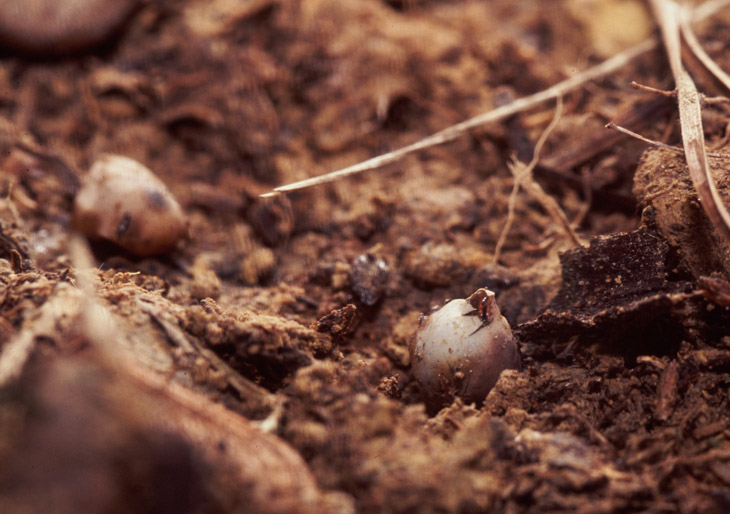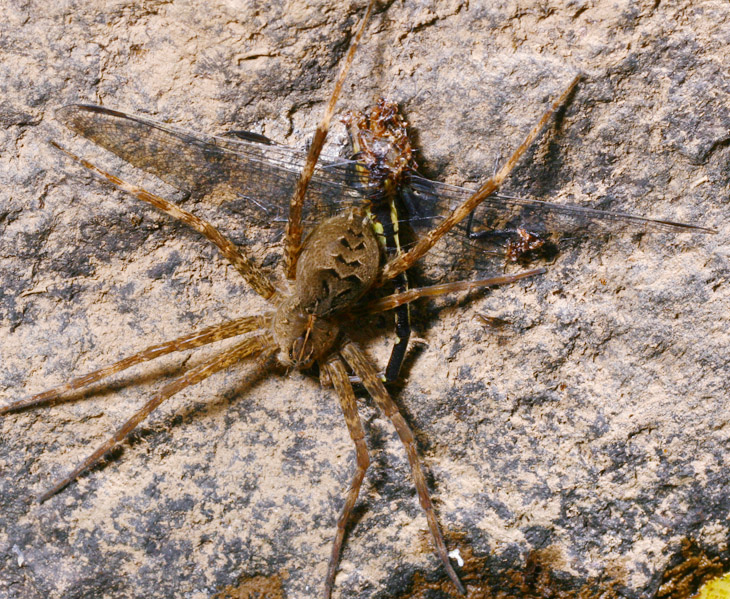This is another one that I’ve broached a few times before, mostly superficially, so I figured it was time to provide the full treatment, especially since it’s one of the arguments that’s been directed at me personally. So while it does nothing to explain a world with no god, it is an argument that’s been used thousands of times to bolster belief, despite the fact that it provides nothing relevant to belief in the first place. Regardless, we’ll address, Atheists are just rebelling against god/authority. And boy, is there a lot to address!
First off, it bears recognizing that such an argument is nothing but pop psychology at best – in my experience, there rarely (if ever) appeared to be any traits presented that would support such an accusation of superficiality, and few atheists are incapable of presenting a variety of distinctive and reasoned arguments in favor of their worldview. It’s irrational to evaluate someone’s personality based on, for instance, an acrimonious forum comment, even if it’s emotional and lacking in detail, since we can’t expect all comments to provide a complete list of supporting factors. Just because someone hasn’t provided their reasoning doesn’t mean it isn’t there, and of course, judging anyone (about anything) based on minimal exposure to them is both condescending and ignorant. Take a moment, if you like, to savor the irony of calling someone petulant or shallow over such exacting criteria…
Personally, however, I’ve come close to admitting that there might be a grain of truth to the accusation, since in more than a few circumstances I do challenge authority, and am honest enough to question my own subconscious motivations as well. Yet, saying that someone questions authority is one of those tricks of horoscopes, since just about everyone does this at one point or another, especially if a politician that they don’t like makes it into office. And at the same time, you can also point out to anyone that you meet that they’re, on the whole, pretty forthright and law-abiding, and not be met with any resistance over this either. I am quite sure more than a few people that I’ve worked with would tell you that I’m too straitlaced; it all depends on perspective, and how you phrase the question.
Going a little deeper into this aspect of it though, questioning authority is not necessarily a bad thing; critical examination of how such power is used is the very thing that keeps it in check, since we’re all well aware of how commonly it’s abused; it’s not exactly hard to find plenty of advice along these lines, as well as the active contempt towards those who blindly follow some form of authority despite evidence that it’s not going to turn out well. References to “sheep” are common here (and yes, we’ll take a second to nod towards the common use of “flock” among the religious, just for giggles,) and we shouldn’t forget that a faithful adherence to authority in the face of common sense is pretty much how a cult is defined, and not just religious cults. “If all of your friends jumped off a cliff, would you do it too?” “Of course – I’m not a rebel…”
Then we come to what anyone might mean by authority in the first place, one of those terms that is used blithely without recognizing that the definition is, as often as not, personal. If any atheist doesn’t believe in a god, then it’s rather obvious that there is no authority there to recognize, any more than anyone yields to the authority of any fictional character; to call this “rebellion” is being ridiculously overdramatic, and I have little doubt that there is a certain manipulative influence in the choice of the word at least some of the times it’s used. When we hear the phrase, “rebelling against authority,” we tend to think of a kneejerk reaction to all forms, teenage frustration applied without consideration, which is of course a far cry from questioning authority, or every other manifestation outside of blind obedience or blind rejection. Assessing a situation accurately, however, isn’t nearly as self-aggrandizing…
[One must wonder if all of those, the world over, who fail to follow the accuser’s particular god are all rebels. How does this work, exactly? Do they get a free pass because, as wrong as they are, they’re still trying to follow some god? Are allowances made for culture, or majority following? What ‘authority’ is in use here?]
And so, we now get to another meaning of “authority,” one most often used in cases such as, “leading authority,” or, “an authority on cultural paleontology.” Science in and of itself is a form of authority, or to be more concise, a method that garners confidence in its findings based upon how rigorously it examines them. That’s why we bother to learn anything: to know how something works, to use accurate predictions of behavior and results to our advantage. And that is, surprise surprise, exactly what we expect from any given authority. The whole purpose is to have someone (or some abstract ‘body’) that we defer to because they know more than us. And to the great misfortune of religion, just about every one of our defined sciences demonstrate that damn near everything we consider a religion in the first place is just fucking wrong. You might think I’m being harsh, but the recognition is rampant even among the religious, from the oft-repeated mantras that ‘faith’ is important and god works in mysterious ways and so on, to the very concept of supernatural, somehow separate and unrelated to ‘natural,’ to even the efforts of moderate religious folk to distance themselves from fundamentalists, the ones who believe the Earth is 6,000 years old and fossils are satan’s sucker bait. The reason that there’s so little cohesiveness within religion (much less even one religion the world over, which we should reasonably expect,) is that everyone hits a point where they simply have to admit, “All right, that’s just batshit.” Atheists simply find that point is religion in the first place, in most cases because the authority that they follow is the tried-and-tested collection of hard evidence; it beats the hell out of believing something because everyone in the immediate vicinity does, or because it’s repeated so often. By that token, atheism is the least rebellious approach towards the strongest and most dependable body of evidence in existence. So uh, yeah, perspective…
I’m not going to neglect an aspect of the topic mentioned right at the beginning, which has a different spin: that of rebelling against a god itself. This one gets a bit weird, because it implies that the accused does believe in god, which isn’t exactly a working definition of atheism. And rebelling against an omnipotent being would probably not be the best of moves, since the ability to enforce its authority is, well, infinite. But if such a being really wanted obeisance, it could instill it right within its own creation, poof, no force or coercion or even demonstrations of evidence needed. So obviously, the option to not recognize its authority was intended, the whole free will thing, even when most religions describe dire consequences of not obeying, so the game that is being played here is yet to be defined. Now, I understand how someone could find fault with authority, and could for instance believe in a god but still think its doing some bad shit (and too many examples of scripture support this attitude remarkably well,) but outright denial of existence? That’s borderline mental illness, at least. Even the furious child who shouts, “You’re not my real parents!” isn’t in denial of said parents’ existence, just their status – obviously, or there would be no one to actually shout at, right? So, let me see if I understand this: such an accused atheist would be on board with the idea of this omnipotent being, but somehow believe that if he/she denied the existence, any potential consequences would be rendered nonexistent? Like a god needs recognition of their power for it to be effective?
Which is where this gets a little deeper, because that’s all that religious authority is, even by the tacit admission of religious folk themselves. If you fail to recognize authority, it has no actual influence on you. Granted, there can be consequences, as you’re thrown in jail for tax-evasion or lambasted for eating Cheez-Whiz with Chateau Mouton-Rothschild, but that’s merely an attempt to enforce an authority, which may or may not spur recognition of such. And when it comes to religious folk, there’s a vast majority that know such divine retribution isn’t forthcoming, which is why they have to take things into their own hands, or even decry these rebels in the first place. It’s remarkably easy to live one’s life without deference to any religion whatsoever, and nothing changes. Atheists do not suffer any more, or less, misfortune, misery, lightning strikes, plagues, animal attacks, or floods than anyone else – and neither do the followers of any religion, much to the dismay of countless religious martyrs; that word wouldn’t even exist if it were otherwise. The world goes on, almost as if simple physics is the only thing at work.
Finally, even if it could be established that atheism was completely and solely due to such a rebellious attitude, it’s still a form of unevidence; it does not strengthen any claim of a god’s existence in any way. In practice, however, it’s often much worse, when it’s used to be entirely dismissive of atheists and any argument they might present, rather than addressing the topic at hand. I’ve often said that people aren’t good or bad, just particular actions that they take, and by extension, people aren’t irrational, but arguments certainly can be. However, if someone can be labeled irrational, then any argument they put forth by extension must be too, and so there’s no need to discuss it, right? That appears to be the attitude very often, on topics much more varied than religion, but it does seem to imply a certain desperation from those presenting it, likely unwilling or unable to discuss the matter on normal terms. And even though this is borderline pop psychology in itself, how often is it used to turn the tables, to try and put an atheist on the defensive when the debate isn’t going as well as hoped? How often is it a manifestation of the second form of competition, where one doesn’t try to improve their own standpoint/value, but tears down others so their own looks better by comparison?
So while it might be nice to be dismissive of an entire worldview in the belief that it’s just due to childish petulance, it’s probably better to at least look for evidence of such, first. Or better still, to make value judgments on ideas and actions, rather than people.

















































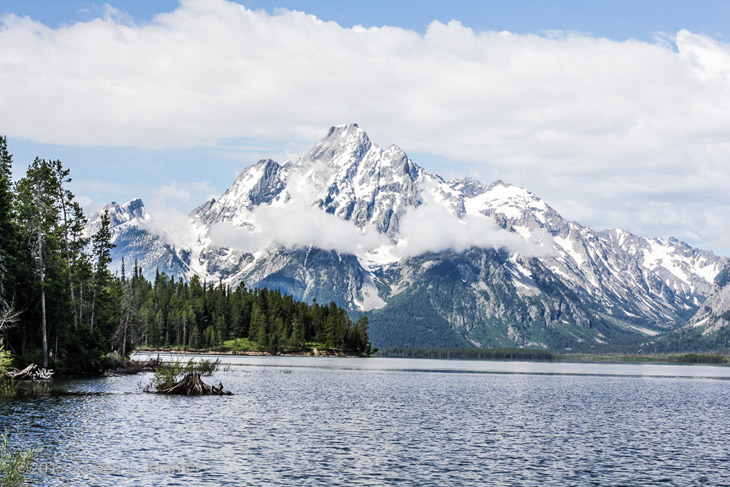
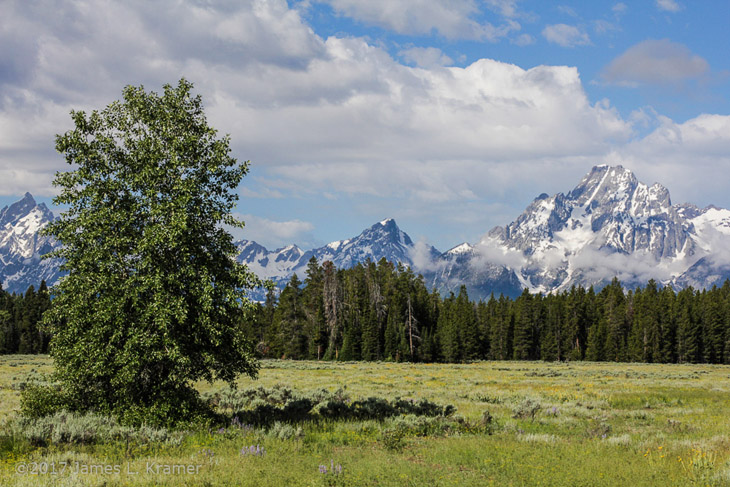


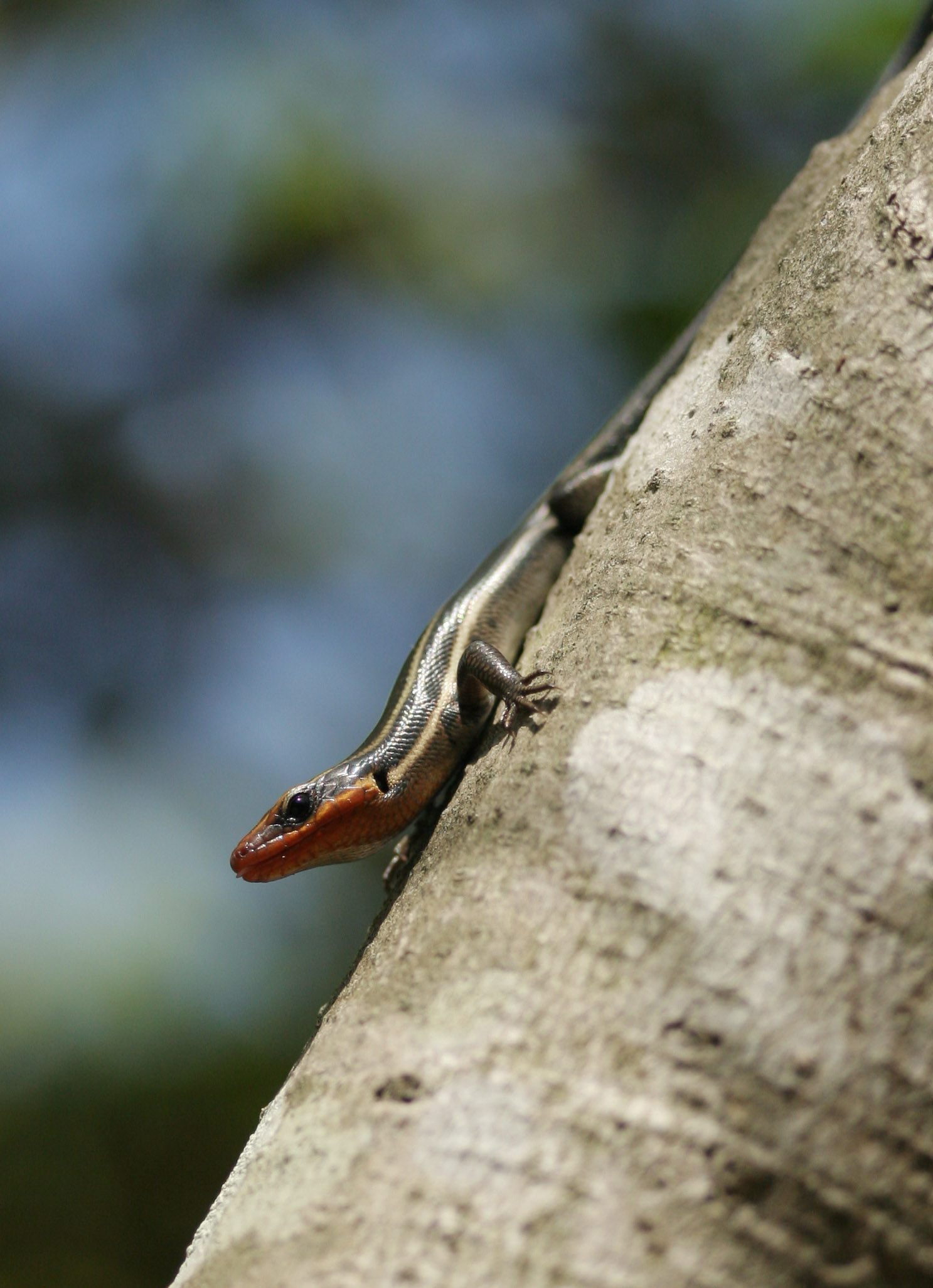

 By the way, I’ve watched species like this countless times over some fairly long periods, hoping to capture images of them feeding – they primarily like ants, but will snag many kinds of small insects. I’ve never been truly successful, though on occasion I’ve captured the aftermath when I’ve been too slow. This one apparently knew what I was waiting for, offering its opinion of my patient efforts if you look very closely…
By the way, I’ve watched species like this countless times over some fairly long periods, hoping to capture images of them feeding – they primarily like ants, but will snag many kinds of small insects. I’ve never been truly successful, though on occasion I’ve captured the aftermath when I’ve been too slow. This one apparently knew what I was waiting for, offering its opinion of my patient efforts if you look very closely…
